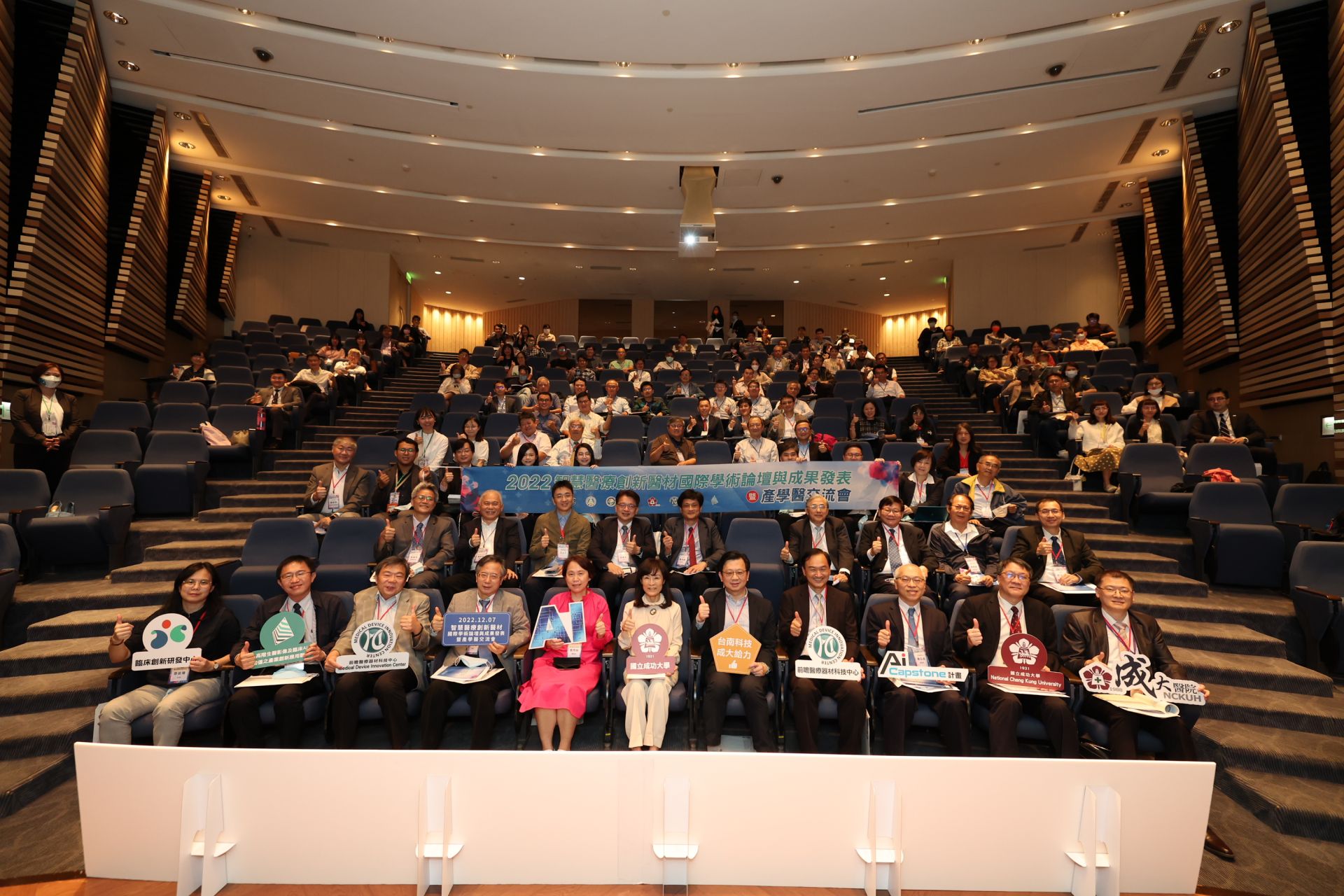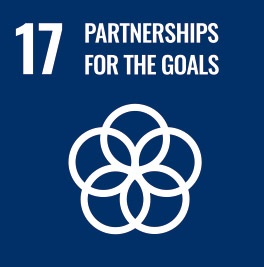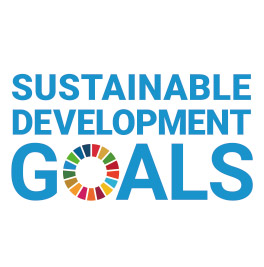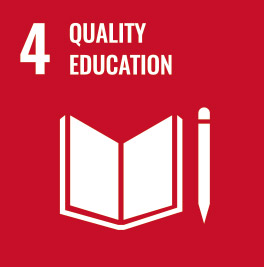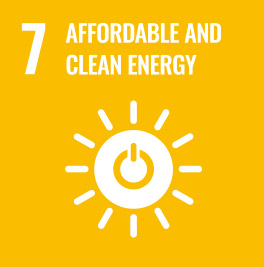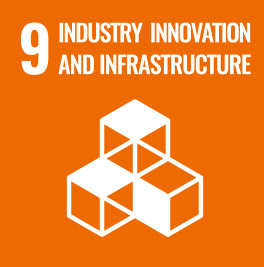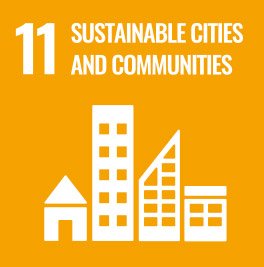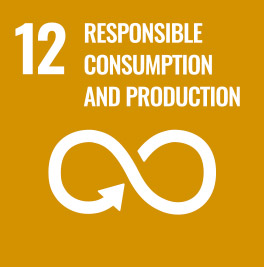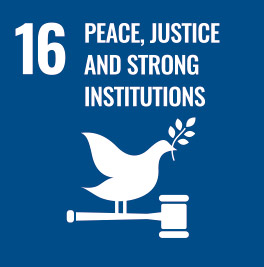Chair Professor Yeh revealed that this innovative technology, called "electron-driven apoptosis of cancer cells with SERS", was recently published in two prestigious international journals: Advanced Materials and Nature Communications. Patent applications in Taiwan and the U.S. are underway, and the team is also developing diagnostic products with Leadgene Biomedical, Inc., given their faster development and market readiness compared to therapeutics. Therapeutic drug development, on the other hand, requires extensive clinical trials with high costs — often beyond the capacity of local companies to undertake alone. Nevertheless, the team continues progressing, including developing an inhalable lung cancer therapy in collaboration with Dr. Chien-Chung Lin from NCKU Hospital’s Department of Internal Medicine.
Both of these significant papers are the result of extensive cross-disciplinary collaboration. In addition to Chair Professor Yeh’s leadership, contributors include postdoctoral researchers Dr. Liou-Chun Wang and Dr. Ying-Chi Chen, as well as Distinguished Professor Wen-Pin Su of the Institute of Clinical Medicine at NCKU and Director/Physician of the Research Center of Clinical Medicine at NCKU Hospital, and his postdoc Dr. Li-Chan Chang. Other collaborators include Professor Wen-Tai Chiu from the Department of Biomedical Engineering(NCKU’s Vice President for Research & Development), Assistant Professor Hong-Kang Tian from the Department of Chemical Engineering, Associate Professor Yi-Hsin Chien from the Department of Materials Science and Engineering at Feng Chia University, and Associate Professor Wei-Peng Li from the Department of Medicinal and Applied Chemistry at Kaohsiung Medical University. After years of joint effort, their work is now yielding breakthrough results.
Redox disruption using electroactive liposome coated gold nanoparticles for cancer therapy ( Full content )
Utilizing Electron-Sink-Enhanced Nanoshells for Amplified Nanoplasmonic SERS-Based In Situ Detection of Cancer Cells, Linking Signal Enhancement with Cellular Damage ( Full content )
Chair Professor Yeh stated that traditional cancer detection methods — such as antibody blood tests, contrast agents, or glucose isotopes — are widely used but often lack precision in early detection. Recent advances in SERS allow weak signals to be amplified, enhancing sensitivity and inspiring this new diagnostic strategy.
He pointed out that cancer cells typically undergo intense redox reactions, generating high electron activity. Because of their heightened metabolic activity, cancer cells exhibit stronger electron transfer capabilities than normal cells. The team used electroactive liposomal membranes (ELM) derived from Shewanella oneidensis MR-1, coating them onto gold nanoparticles. These liposomes actively attract electrons from the mitochondria of cancer cells. When irradiated with laser light, the electrons trigger plasmon resonance, significantly amplifying the Raman signal — enabling sensitive detection of nearby cancer cells.
This detection technique is highly sensitive — even as few as 5 cancer cells can be detected. Unlike conventional methods, this approach does not require fluorescent labeling. When a cancer cell comes into proximity with the gold nanoparticle, it actively transfers electrons, resulting in a Raman signal significantly stronger than that from normal cells. This makes it easy to distinguish between cancerous and healthy tissue.
Even after long-term observation, normal cells produce far weaker signals, showcasing the method’s high specificity. Interestingly, the fewer the cancer cells, the stronger the signal — an inverse trait that enhances its ability to monitor early-stage apoptosis. Different cancer types also emit distinct signal intensities, with liver cancer cells currently showing the strongest responses.
Professor Yeh explained that as gold nanoparticles absorb electrons from cancer cells, the loss of electrons deactivates the cancer cells — essentially cutting off their "power source", pushing them toward programmed death. In trials, over 90% of liver cancer and over 80% of breast cancer cells were eliminated. The team even tested the treatment on tumors in large dogs, observing extensive cancer cell apoptosis within 3 weeks, with no significant inflammation or discomfort — a sharp contrast to the side effects of traditional chemotherapy. This demonstrates not only the efficacy of the technology but also its gentler profile, with great potential for therapeutic development.
The team has signed a confidentiality agreement with Leadgene Biomedical, Inc. to initiate product development. Their goal is to provide a real-time, label-free, ultra-sensitive cancer detection tool, with promising applications in diagnostics, biosensing, and medical imaging, paving the way for personalized medicine. If integrated with the "power-cutting" therapeutic strategy, this innovation could mark a revolutionary breakthrough in cancer treatment.
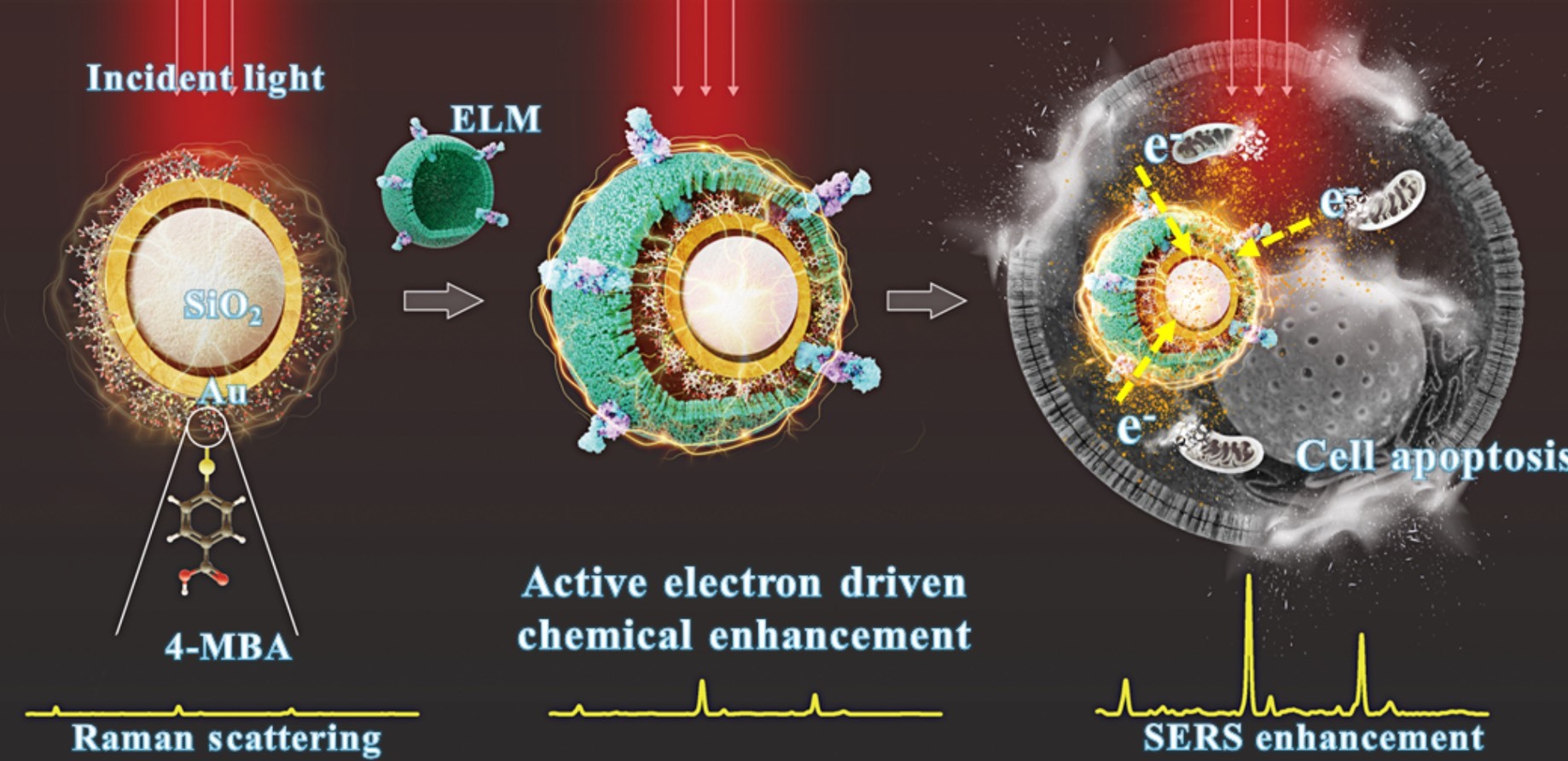
A research team led by Chair Professor Chen-Sheng Yeh from the Department of Chemistry at NCKU has developed a method capable of accurately detecting early-stage cancer. The team coated the surface of a gold nanoparticle with an electroactive liposomal membrane derived from Shewanella oneidensis MR-1. These liposomes actively transfer electrons generated by the mitochondria of cancer cells to the gold nanoparticle
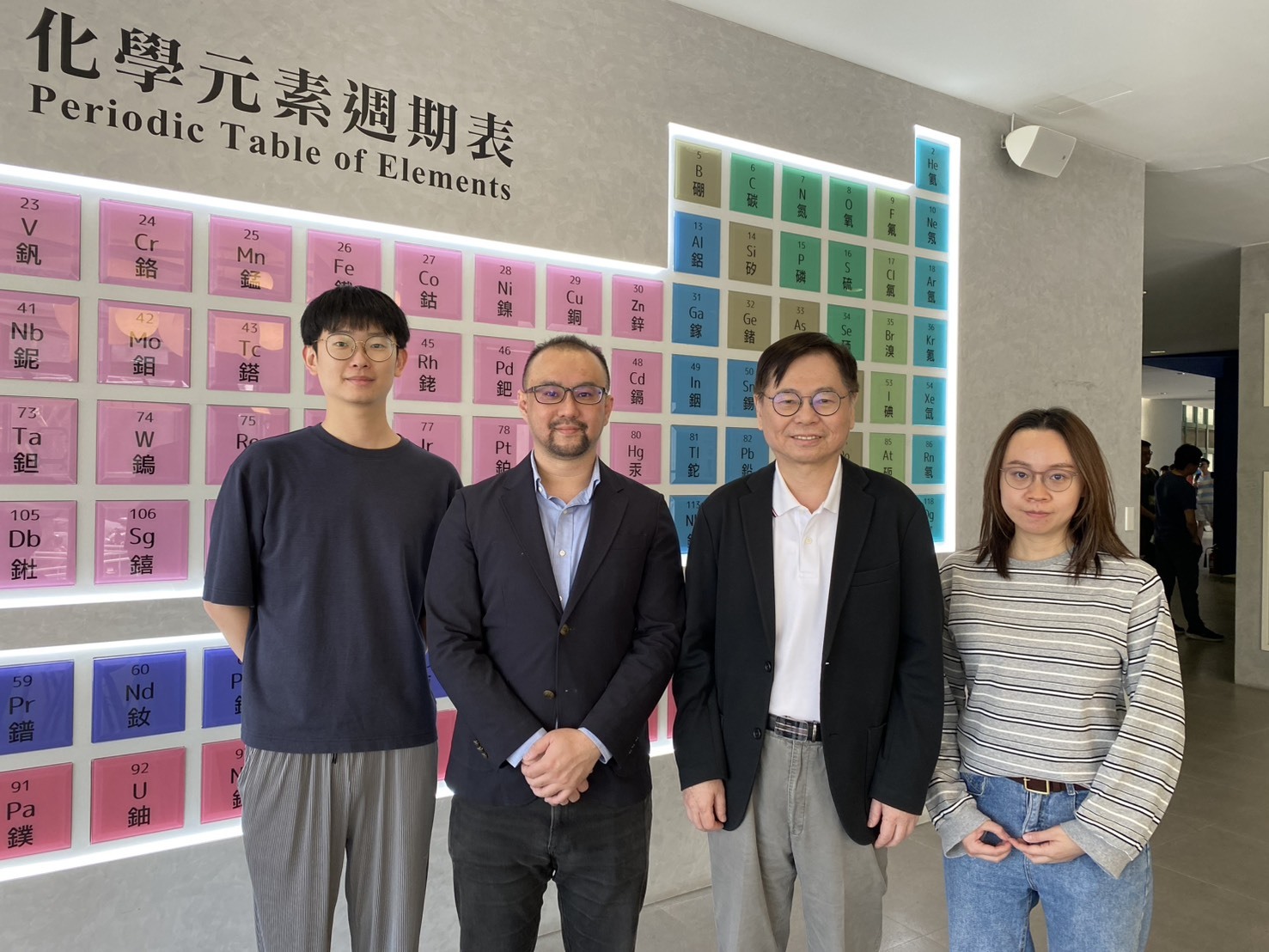
A research team led by Chair Professor Chen-Sheng Yeh from the Department of Chemistry at NCKU has developed a gold nanoparticle-encapsulated liposome technology that utilizes the principle of surface-enhanced Raman scattering (SERS) to accurately detect early-stage cancer. The team includes, from left to right: research assistant Ming-Che Chang, Assistant Professor Hong-Kang Tian from the Department of Chemical Engineering at NCKU, Chair Professor Chen-Sheng Yeh, and research assistant Kai-Lin Chang
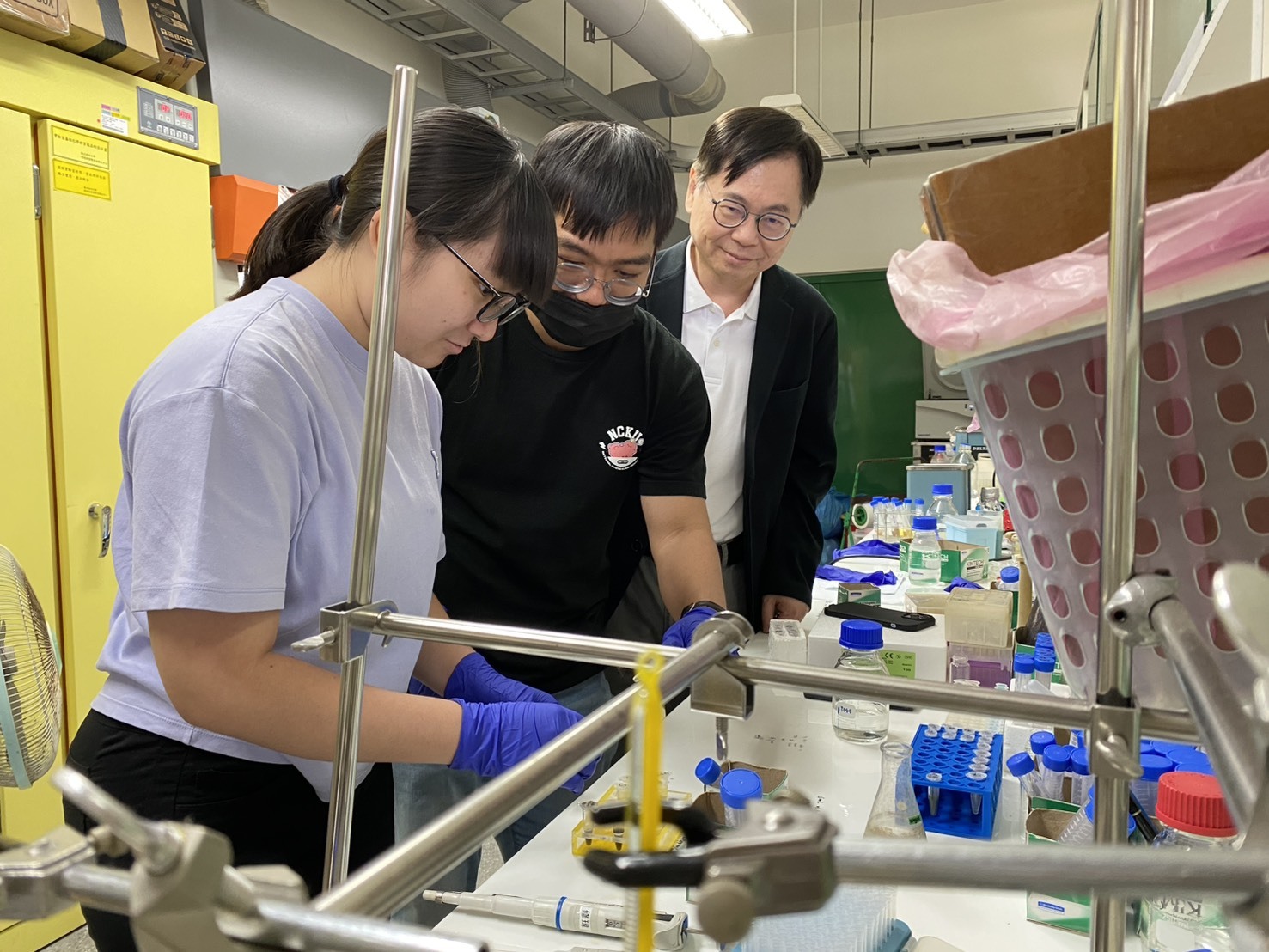
Chair Professor Chen-Sheng Yeh (right) supervises the team during the experiment

SDG3Industry’s First Combination of Medicine and Electrical Engineering and Computer Science, Furthering AI Education
View more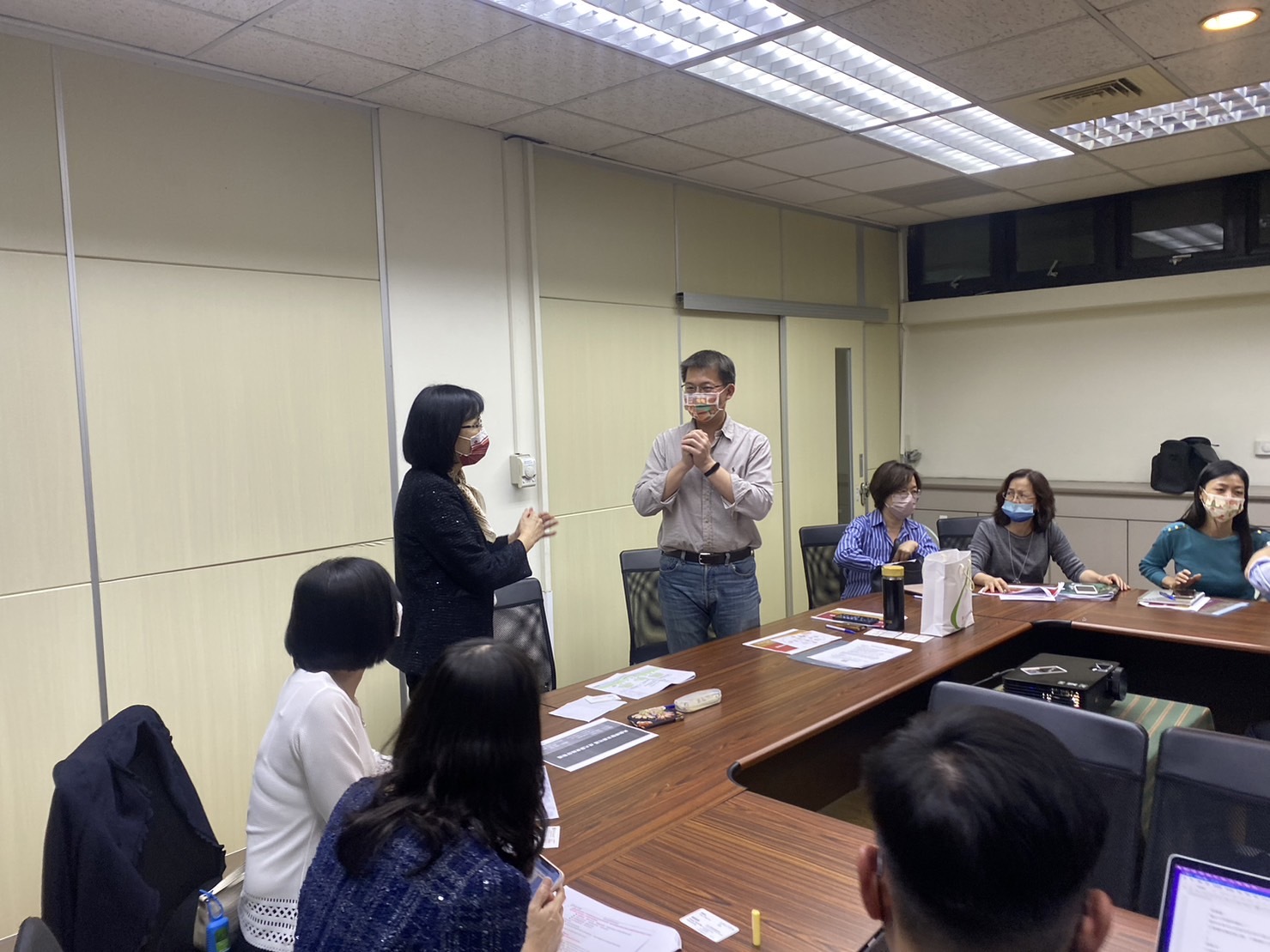
SDG3NCKU and Pingtung County Government collaborate to develop a safe and elderly-friendly community model.
View more